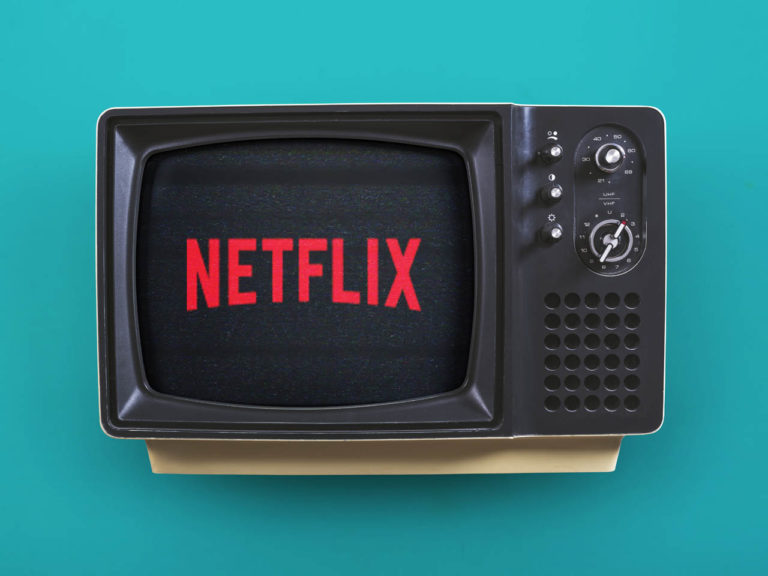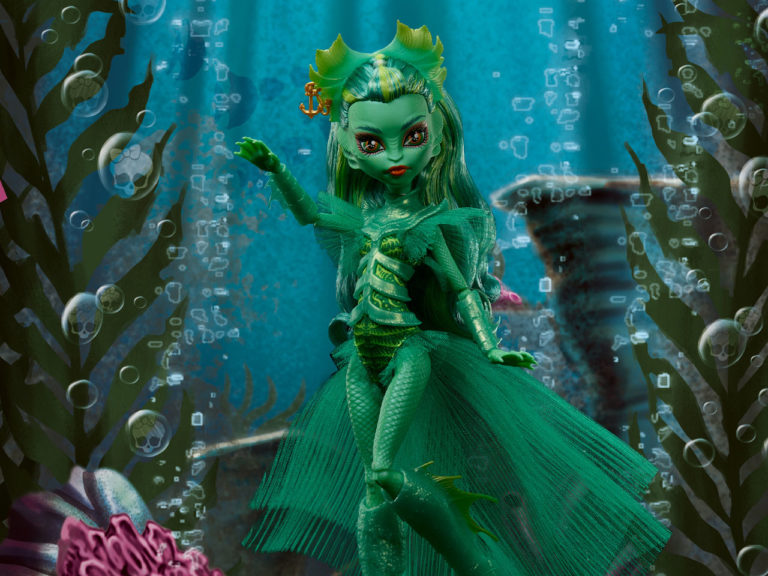
I don’t follow wrestling and I don’t necessarily have a soft spot in my heart for Harley Quinn so color me surprised at how much I enjoyed Harley Quinn #71. Harley’s in Los Angeles now, mixed up in a rigged wrestling match/murder/conspiracy that somehow is connected to a more than likely corrupt property developer. Even if the plot is nothing new, the real heart of the book is in Harley’s emotional development in the aftermath of both her mother’s death and the sudden murder of her friend, Alicia. While Sam Humphries’ script sometimes threatens to fall under the weight of his many targets, from Los Angeles’ hero worship to propaganda clickbait, Sami Basri’s energetic art keeps the book whistling along.

Humphries’ script throws a lot of jokes at the reader, which fits with Harley’s impulsive nature, but not all of them land. It would be grating if not for his sense of pacing that always manages to insert a more dramatic scene in between the comedic set ups. For instance, the opening page is great, as Harley makes a truly disgusting “cheezy bitz” and peanut butter sandwich that her tied up prisoner thinks she’ll force him to eat. The gag doesn’t last long as Harley quickly shifts gears into ultraviolence and points a gun into said thug’s groin. It’s a delicate balance to rectify Harley’s larger than life persona with a real sense of her inner self and Humphries’ script walks the line well. Basri’s pencils know when to shift gears and capture Harley’s cartoony side, but also her anguish when things get heavy. Her childlike awe as she makes her sandwich is beautifully rendered by Basri’s pencils. Better yet, within a page her transition to rage feels natural due to nuanced facial acting courtesy of Basri, but also a tightly written script. Basri also knows how to craft an environment as seen in the opening page, with the post-fight diner strewn with bodies that Harley has beaten up. The best comics know how to fill a reader’s mind with action by suggestion alone.

Technical artistic merits aside, it wouldn’t add up to much if there wasn’t actual heart to match. A quieter scene between Harley and Alicia’s daughter, Becca, is wonderfully written and realized. What sets this scene apart from many like it is the subtle visual cues that give good insight into Harley and Becca’s emotional state. Harley has a bottle of whiskey in front of her while Becca has a box of sugary cereal which displays two different types of coping. Even more subtle is that Becca’s family photos on the refrigerator behind them are turned around, suggesting that Becca can’t bear to even see a picture of her deceased mother. The script doesn’t allow for easy answers either. Harley and Becca’s grief comes off authentic, down to the fact that they avoid eye contact until later in the scene where they break down and embrace. For a book that mostly glides by on the sheer energy and force of will of its lead, these quieter moments really shine and elevate the entire series.

The script’s structure is also impressive as it’s a rare comic book that truly feels like it has a beginning, middle, and end. If the beginning is marked by a sense of sorrow and building up the emotional courage to track down and find who’s responsible for Alicia’s death, then the middle is the fun and games part where Harley shakes down several suspects. However, this is where some weaknesses arise. The first suspect is Dummy, who Harley interrogates with a large knife to his neck and threatens to find out “how much wood this woodchuck can chuck”. If the dialogue doesn’t work for you, then the art likely will, with Harley’s manic energy coming off perfectly intact through Basri’s impressive figure and facial work as usual. The colors by Hi-Fi are also great here (and throughout) as they change up the background colors in certain panels to match Harley’s energy in otherwise mundane settings. Less effective is a scene where Harley interrogates Rosie in a grocery store. Too much overworked dialogue and a lazy joke about a birthmark on someone’s groin drags the scene down despite Basri’s attempts to liven up the scene with kids in the foreground causing chaos in the aisles.

Overall, Humphries gets a little lost in the middle of the book. Harley ends up at a firm that specializes on providing disinformation for the benefit for those who can afford to buy influence. A timely matter for sure, but seemingly incongruous with the plot at hand which tends to give away where the plot is going. Nonetheless, it leads Harley into a well-drawn fight sequence where Basri finally gets to show off his action chops. I love Basri’s panel layouts as each punch results in a tilted panel to show off Harley’s strength. Normally this style of paneling doesn’t work for me, but with Basri’s impressive figure work and sense of movement mixed in with Hi-Fi’s dynamic colors, the fight is a joy to look at. As Humphries transitions into the last third, his strengths once again rise up as he carefully manages Harley’s grief with her sheer unfettered determination. Booster Gold’s pep talk is a great scene to help verbalize Harley’s inner conflict even if his existence in the issue is merely as a springboard for Harley to talk out loud.

Recommended if…
- You want to see some great character work with Harley.
- A nuanced look at how grief works lends weight to your comics.
- You’re a fan of wrestling and the culture around it.
Overall
Harley Quinn #71 is a very good comic even for those not entirely privy to the character or the series. As a newcomer, I found Humphries’ script incredibly tight and easy to follow along with. Sami Basri’s art perfectly fits Harley’s larger than life (and oftentimes self-aware) nature, but also does well to imbue her with a strong degree of agency. While the plot concerning a rigged wrestling match and faked suicide is nothing new, Humphries’ character work with Harley and the supporting cast is strong enough to overlook the familiarity in the narrative.
Score: 7.5/10
Disclaimer: DC Comics provided Batman News with a copy of this comic for the purpose of this review.


